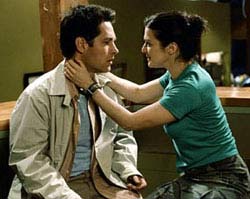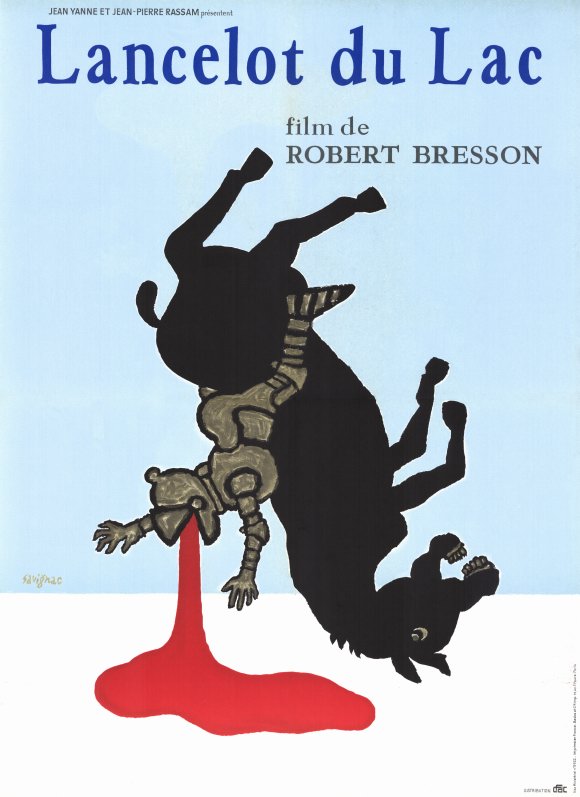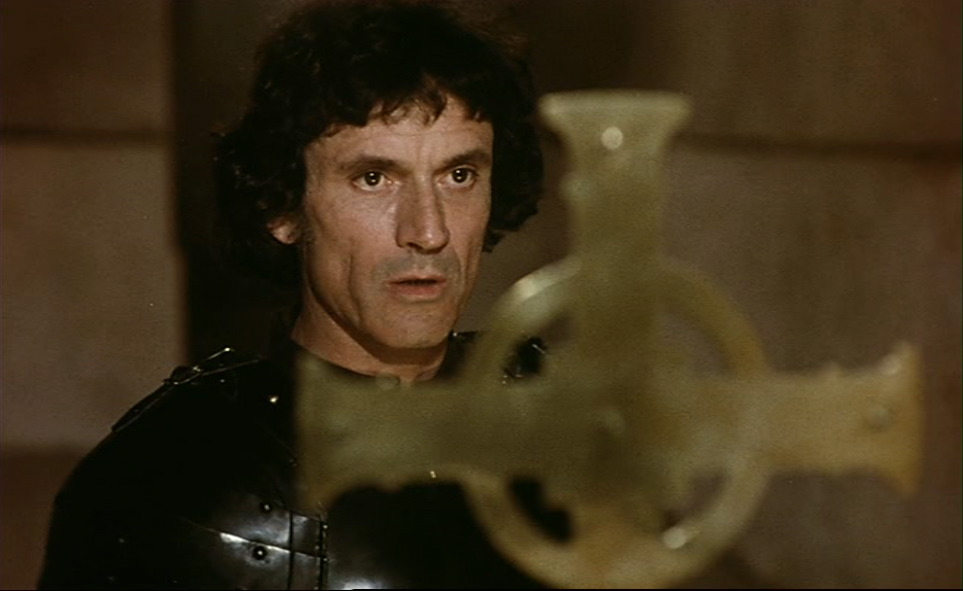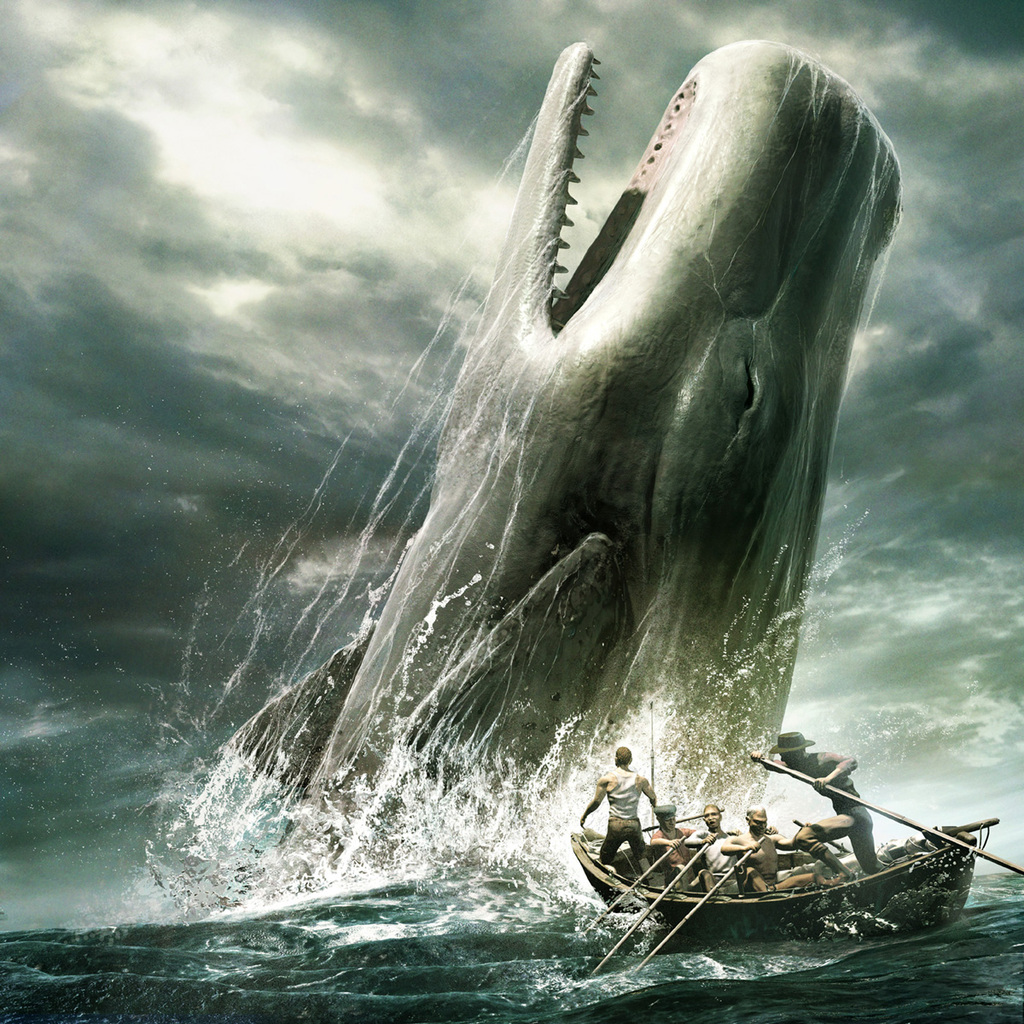From the Chicago Reader (May 9, 2003). — J.R.

The Shape of Things
*** (A must-see)
Directed and written by Neil LaBute
With Rachel Weisz, Paul Rudd, Frederick Weller, and Gretchen Mol.

The first time I saw Neil LaBute’s The Shape of Things it packed a wallop. When I saw it again three weeks later it didn’t. Its force depends largely on a shock ending that transforms one’s sense of the characters, action, and overall theme with the authority of a masterpiece. Without this shock value, the film is still an infernal machine — designed, like LaBute’s In the Company of Men, to goad us into dark reflection — but its meanings tend to contract rather than expand.
Surprise endings either cancel out the impressions that come before, making the story seem contrived and artificial the second time around, or they enhance and complicate those impressions. The twist at the end of The Shape of Things comes closer to doing the first. The second time I saw it I felt I was watching the demonstration of a theorem more than the unraveling of characters, though it was only after having absorbed the disclosures of a first viewing that I became aware of certain interesting ambiguities. Read more
From the Summer 1974 issue of Sight and Sound. — J.R.

The Rattle of Armor, the Softness of Flesh: Bresson’s LANCELOT DU LAC

LANCELOT DU LAC embodies the perfection of a language that has been in the process of development and refinement for over thirty years. If it stuns and overwhelms one’s sense of the possibilities of that language— in a way, perhaps, that no predecessor has done, at least since AU HASARD BALTHAZAR — this is not because it represents a significant departure or deviation from the path Robert Bresson has consistently followed. The source of amazement lies in the film’s clarity and simplicity, a precise and irreducible arrangement of sounds and images that is so wholly functional that nothing is permitted to detract from the overall narrative complex, and everything present is used. It is a film where the rattle of armor and the neighing of horses are as essential as the faces and bodies of the characters, where indeed each of these elements serves to isolate and define the importance and impact of the others.
The sheer rawness of what is there disconcerts, but it shouldn’t lead one to focus unduly on what isn’t there, or track down some elusive clue to the Bressonian mystery. Read more


Two consecutive items from Harper’s Index (Harper Magazine, December 2010):
Percentage of Americans who believe that Stephen King wrote Moby-Dick: 4
Number of U.S. states in which it is legal to own a tiger without a license: 9
[11/18/20]
 Read more
Read more







